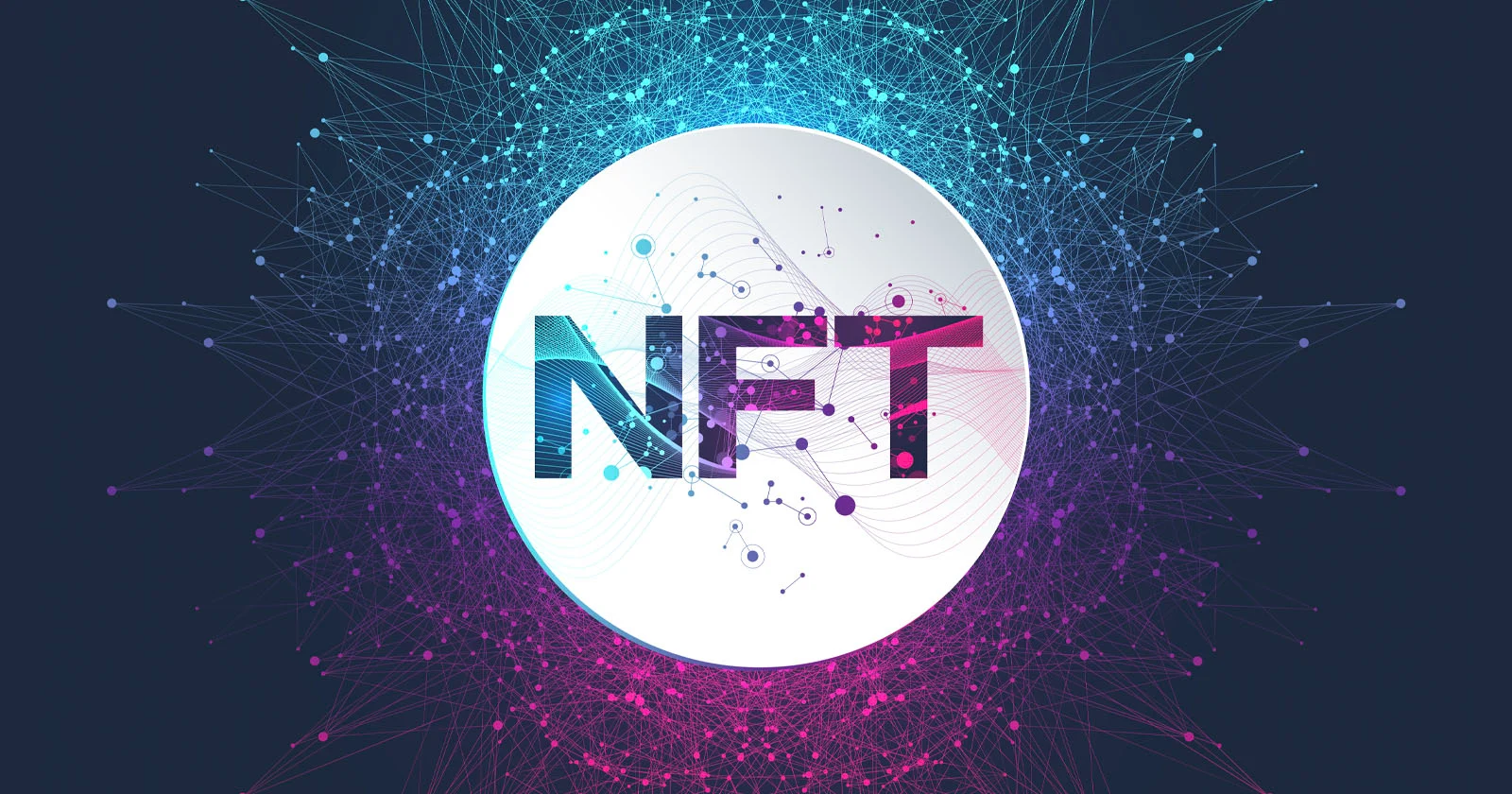Navigating the NFT Landscape

A Comprehensive Guide to Spotting Fraud and Protecting Your Investments
Non-fungible tokens (NFTs) have taken the world by storm, revolutionizing the way we perceive digital ownership and enabling new avenues for creators and collectors alike. However, as with any rapidly growing industry, the NFT space has also attracted bad actors looking to exploit unsuspecting users. This extensive guide aims to provide you with the knowledge and tools needed to spot fraud in the NFT market and protect your investments.
How to Spot NFT Fraud
Understanding the Basics of NFTs
Before delving into spotting fraudulent activities, it’s essential to understand the basics of NFTs. Non-fungible tokens are digital assets that represent ownership of unique items or content, such as digital art, virtual real estate, or collectibles. Each NFT has a unique identifier and is stored on a blockchain, ensuring its provenance, ownership, and authenticity.
Common Types of NFT Fraud
To spot fraud in the NFT space, you first need to be aware of the common types of scams and fraudulent activities:
- a. Counterfeit NFTs: Bad actors may create and sell counterfeit NFTs that resemble popular or valuable items in an attempt to deceive buyers. These counterfeit NFTs can range from simple copies of the original artwork to more sophisticated forgeries that mimic the original NFT’s metadata and token contract.
- b. Phishing Scams: Fraudsters may use phishing techniques to obtain your private keys, wallet credentials, or personal information. They often pose as trusted entities, such as NFT marketplaces or artists, and use social engineering tactics to trick you into divulging sensitive information.
- c. Pump-and-Dump Schemes: Scammers may artificially inflate the value of an NFT or a collection through coordinated buying, promotion, or manipulation. Once the price has been pumped up, they sell their holdings for a profit, leaving unsuspecting buyers with overvalued and illiquid assets.
- d. Rug Pulls: In some cases, creators may sell NFTs linked to digital content hosted on centralized servers or platforms. After generating sales, they may remove the content or shut down the server, leaving NFT holders with worthless tokens.
Research the NFT and its Creator
One of the most effective ways to spot fraud in the NFT space is to thoroughly research the NFT and its creator. Here are some steps to help you conduct your due diligence:
- a. Verify the creator’s identity: Make sure the creator of the NFT is who they claim to be. Check their social media profiles, websites, and any public endorsements from known figures in the industry. Be cautious of newly created accounts or profiles with limited online presence.
- b. Assess the creator’s reputation: Look for reviews, testimonials, or feedback from previous buyers. A reputable creator is more likely to produce legitimate NFTs and stand behind their work.
- c. Confirm the NFT’s provenance: Verify that the NFT you’re interested in is listed on the creator’s official website, social media accounts, or recognized NFT marketplaces. Double-check the token contract address and ensure it matches the creator’s official records.
Examine the NFT’s Metadata and Token Contract
NFTs are more than just digital images; they also contain metadata and are associated with a token contract on the blockchain. To spot fraud, it’s essential to examine these aspects of the NFT:
- a. Check the NFT’s metadata: Metadata is the information associated with the NFT, such as the title, description, creator, and ownership history. Ensure that the metadata is consistent with the NFT’s description and that it properly references the creator.
- b. Inspect the token contract: Review the token contract address and ensure it is associated with the creator or the intended collection. Beware of contracts with limited transaction history or recently deployed contracts, as they may be indicative of a counterfeit NFT.
- c. Assess the permanence of the linked content: NFTs often link to digital content hosted on various platforms or storage solutions. Make sure that the content is stored on a decentralized and permanent storage solution, such as IPFS or Arweave, to minimize the risk of content removal or disappearance.
Safeguard Your Personal Information and Wallet
Protecting your personal information and digital wallet is crucial in preventing fraud in the NFT space. Follow these best practices to ensure your security:
- a. Never share your private keys, seed phrases, or wallet passwords with anyone, even if they claim to be from a trusted source.
- b. Use strong, unique passwords for your digital wallet and NFT marketplaces, and enable two-factor authentication (2FA) wherever possible.
- c. Be cautious when clicking on links, especially from unknown sources. Scammers may use phishing techniques to trick you into visiting malicious websites or downloading malware.
- d. Keep your digital wallet and any associated software up to date to minimize the risk of security vulnerabilities.
Evaluate the NFT’s Valuation and Liquidity
Understanding the valuation and liquidity of an NFT can help you identify potential fraud or overpriced assets:
- a. Research the historical sales data and pricing trends for the NFT or similar items within the collection. This information can provide a reference point for assessing the asset’s value.
- b. Be cautious of NFTs with sudden or unexplained price spikes, as this may be indicative of a pump-and-dump scheme.
- c. Consider the liquidity of the NFT, which refers to the ease with which it can be bought or sold. An NFT with limited liquidity may be difficult to sell, leaving you with an illiquid and potentially overvalued asset.
Participate in the NFT Community
Being an active member of the NFT community can provide valuable insights and resources for spotting fraud:
- a. Join forums, social media groups, and online communities focused on NFTs. Engage with other collectors, artists, and enthusiasts to learn from their experiences and knowledge.
- b. Share your findings and concerns with the community. Crowd-sourced knowledge can be a powerful tool in identifying scams and fraudulent activities.
- c. Stay informed about the latest trends, news, and developments in the NFT space. Awareness of emerging threats and potential risks can help you stay one step ahead of bad actors.
Conclusion
As the NFT market continues to grow and attract new participants, it is crucial to stay vigilant and take the necessary precautions to protect your investments. By understanding the common types of fraud, conducting thorough research, and following best practices for personal security, you can navigate the NFT landscape with confidence and minimize the risk of falling victim to scams or fraudulent activities.
